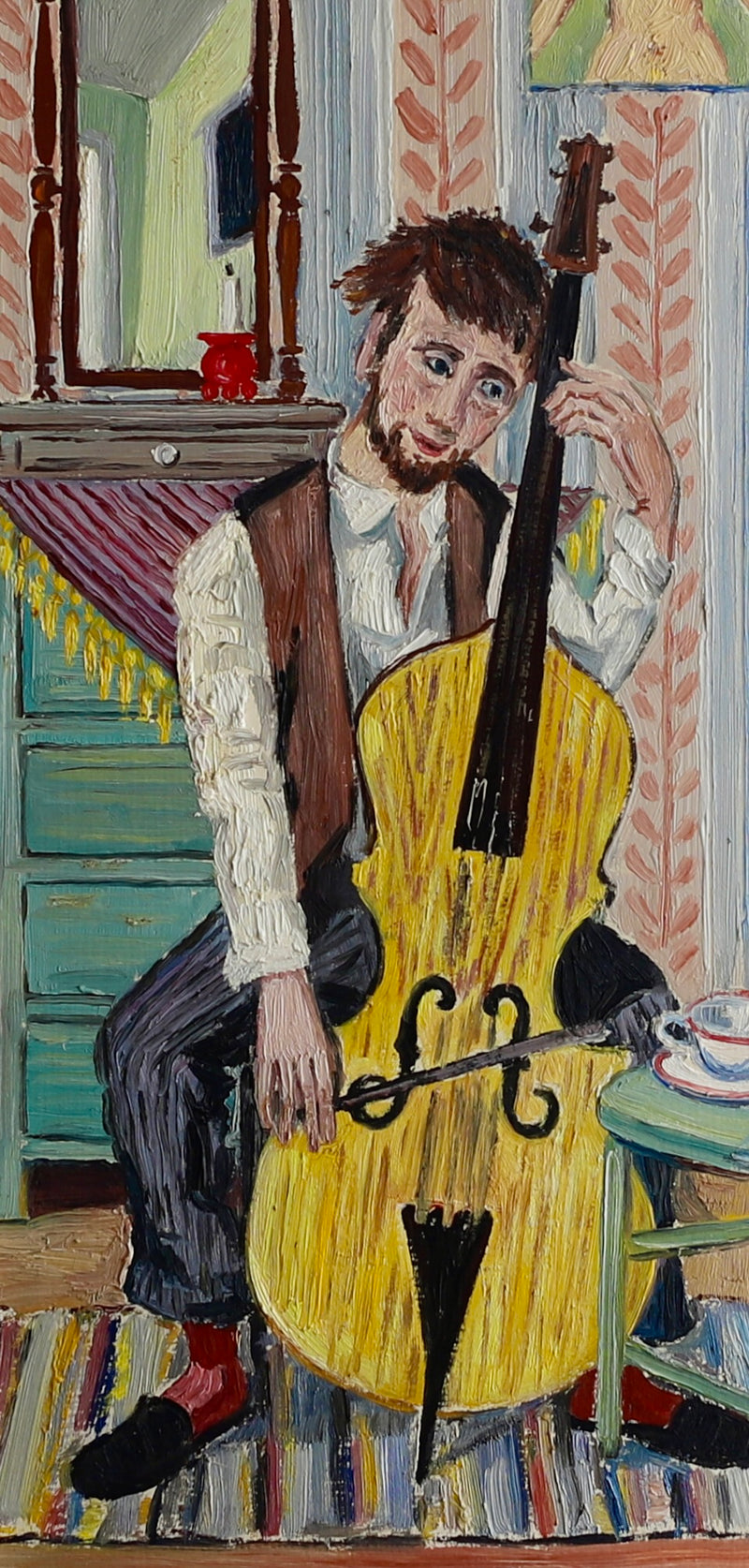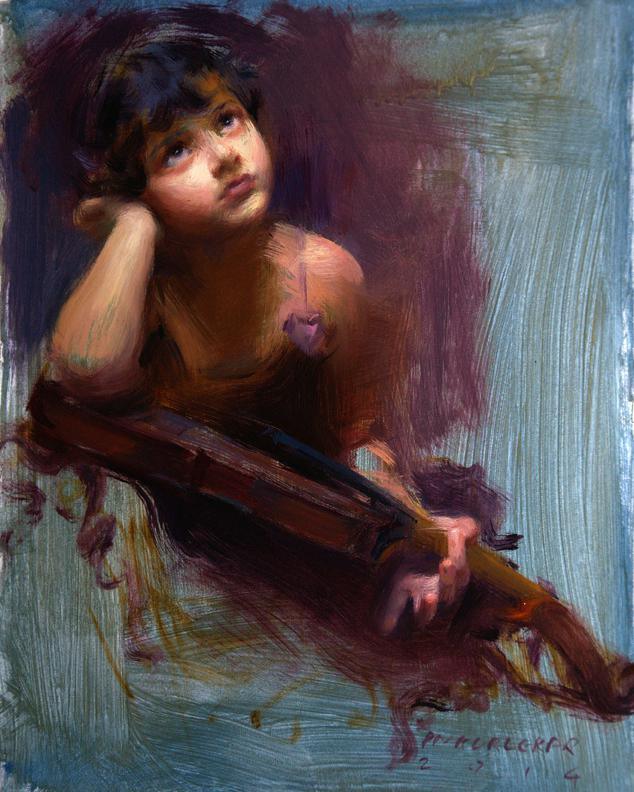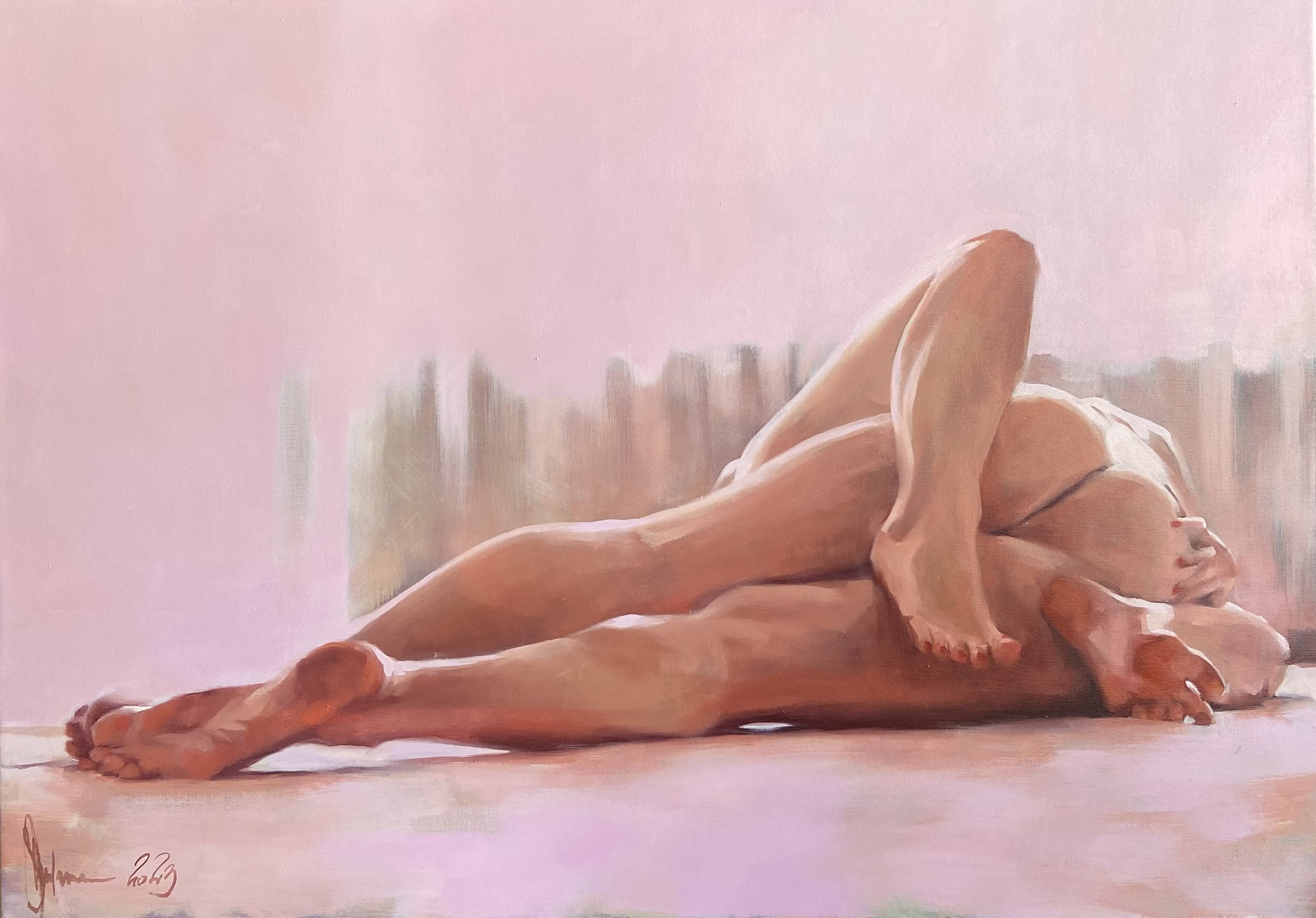The Influence of Figurative Oil Painting on Modern Art and Culture
The Influence of Figurative Oil Painting on Modern Art and Culture
Blog Article
A Trip Via the World of Figurative Oil Painting: Finding the Special Features and Psychological Depth of the Tool

History of Metaphorical Oil Painting
Emerging during the late Middle Ages and flourishing throughout the Renaissance, metaphorical oil paint has a rich history that shows both imaginative development and cultural advancement. Initially, oil paints were used in Europe as a way to improve the brightness and depth of shade in art work. Artists such as Jan van Eyck spearheaded the medium, demonstrating its possible to record elaborate information and appearances, thus enabling a much more natural representation of the human kind.
As the Renaissance progressed, popular numbers like Leonardo da Vinci and Michelangelo broadened the borders of metaphorical oil painting. They highlighted anatomical accuracy and point of view, developing works that conveyed emotion and narrative depth. The medium's convenience permitted for testing with light and darkness, causing the development of chiaroscuro strategies that additionally enriched the visual experience.
Unique Qualities of the Medium
The advancement of figurative oil paint has actually been substantially affected by the one-of-a-kind qualities of the medium itself. Oil paint, composed of pigments put on hold in oil, uses artists an impressive flexibility that allows for a vast array of textures and surfaces. Its slow drying out time enables precise blending and layering, which can develop deepness and brightness unattainable in various other tools.
In addition, oil paint's abundant coloring offers vibrant colors that keep their strength in time. This characteristic is important in figurative paint, where capturing the subtleties of skin tones and emotional expressions is paramount. The ability to accomplish subtle slopes and soft transitions improves the lifelike top quality of topics, allowing artists to communicate intricate emotions.
In addition, oil paint sticks well to different surface areas, such as timber, steel, and canvas, expanding the scope of artistic expression. The tool's versatility sustains various methods, from in-depth realistic look to meaningful brushwork, allowing artists to explore their private styles.
Inevitably, the one-of-a-kind properties of oil paint not only enhance the visual experience but additionally empower musicians to interact extensive stories, making figurative oil paint a deeply evocative art form.
Designs and techniques Employed
Within the realm of metaphorical oil paint, musicians employ a varied selection of techniques and styles that contribute to the deepness and splendor of their job. One noticeable method is glazing, where transparent layers of paint are used over dried layers, enabling light to permeate and mirror, improving luminance and depth. This technique is often used to This Site attain a feeling of realism and intricacy in complexion.
Another technique is impasto, where thick layers of paint are applied with a combination knife or brush, developing a distinctive surface that adds a three-dimensional quality to the paint. This design can stimulate a natural reaction, drawing the visitor in with its responsive nature.
Musicians additionally explore different brushwork styles, from penalty, in-depth strokes that catch intricate features to more comprehensive, more expressive strokes that communicate activity and feeling (figurative oil painting). The choice of shade scheme considerably influences the total state of mind of a piece, with warm tones frequently giving sensations of comfort and amazing tones recommending moody
Furthermore, the combination of chiaroscuro, the contrast in between light and darkness, enables artists to develop dramatic results that improve the narrative quality of their job. Each technique and design is very carefully chosen to boost the audience's experience and understanding.
Psychological Deepness in Metaphorical Art
Emotional depth works as a cornerstone in figurative art, enabling artists to go beyond simple representation and engage visitors on an extensive level. This emotional vibration is commonly accomplished via the nuanced representation of human numbers, expressions, and interactions. Artists harness the power of light, color, and shadow to stimulate sensations that reverberate deeply with the audience, developing a visceral link to the subject.
In figurative oil painting, the intricate layering of paint can mirror the complexities of human emotion. The option of palette, whether cozy or awesome, plays an important role in establishing the mood and atmosphere of an item. Softer shades might evoke peace and self-contemplation, while bold, different shades can interact tension and drama.

Influential Artists and Their Works
Many prominent artists have actually dramatically formed the landscape of figurative oil paint, each adding unique perspectives and techniques that remain to influence contemporary creators. Among these artists, Lucian Freud stands apart for his extreme psychological depth and raw representation of the human form, typically obscuring the more info here lines in between beauty and decay. Freud's jobs, characterized by thick, impasto brushstrokes, welcome audiences to confront the complexities of identification and vulnerability.

Likewise, Andrew Wyeth's careful realistic look in items like "Christina's Globe" captures profound narratives within apparently basic make-ups. His use light and darkness evokes a feeling of fond memories and emotional vibration, attracting customers right into the intimate worlds he represents.
In the world of modern art, Kehinde Wiley has obtained recognition for his vivid, epic portraits that test typical ideas of representation. By putting individuals of color in contexts reminiscent of classic portrait, Wiley's job redefines the canon of art background.
These artists, along with others, have not only enriched metaphorical oil painting yet have actually additionally increased the dialogue bordering identification, emotion, and culture, making certain that the tool remains an important form of expression in the art world. figurative oil painting.
Final Thought
In verdict, metaphorical oil paint remains a powerful tool that envelops the complexities of human emotion with its rich coloring and flexible methods. The trip with metaphorical oil paint exposes its enduring significance in the art world.
The exploration of figurative oil paint supplies an extensive insight right into the interaction of strategy, feeling, and historical context that specifies this age-old tool. Oil paint, composed of pigments suspended in oil, uses artists an impressive flexibility that enables for a large array of finishes and textures.Within the realm of figurative oil paint, musicians employ a diverse array of techniques and styles that contribute to the deepness and splendor of their job.Countless prominent musicians have actually dramatically shaped the landscape of metaphorical oil paint, each adding unique viewpoints and strategies that proceed to influence modern creators.In conclusion, go to this website figurative oil painting remains an effective medium that envelops the intricacies of human emotion through its abundant coloring and flexible techniques.
Report this page